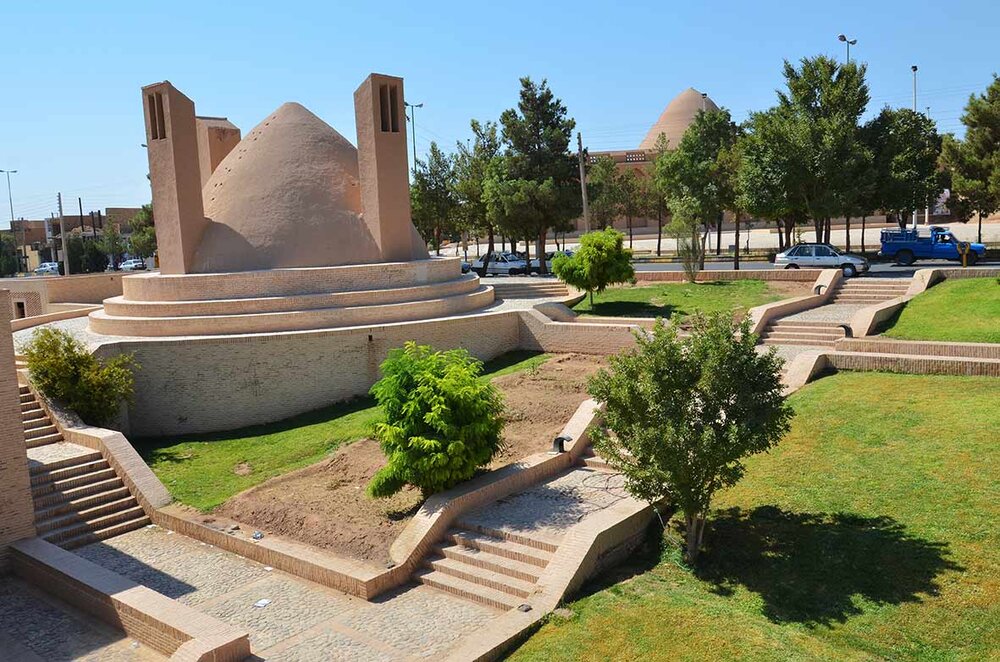Committee formed to safeguard ancient cisterns, watermills in Meybod

TEHRAN – A cultural heritage committee has been set up tasked to lay the ground for safeguarding ancient cisterns, watermills, public bathhouses, and qanats (subterranean aqueducts), which are scattered in and around the oasis city of Meybod, central Yazd province.
“Meybod is famed for having rich water-related structures because it is home to over 150 historical cisterns and some 30 watermills, a number of hammams (public bathhouses), qanats and mud-brick yakhchals (ice storage structures),” provincial tourism chief Rasoul Moshtaqian said on Thursday.
A cultural heritage committee has established to oversee and devise roadmap towards better conservation of historical Ab-Anbars (cisterns) and other centuries-old water structures in Meybod, the official said.
Situated some 50km north of Yazd, the capital of the province, Meybod is a sprawling mud-brick town with hundreds of years of history. It is home to some historical mosques, caravanserais, mansions, with the pre-Islamic Narin Castle amongst one of the most celebrated.
Over the past couple of years, the Islamic Republic is following up on possible inscription of Meybod and its cultural landscape on the UNESCO World Heritage list.
The term Ab-Anbar is common throughout Iran as a designation for roofed underground water cisterns. It associates with water management systems in arid areas that are reliant on permanent springs or on seasonal rainwater. Such underground reservoirs or Ab-Anbars are parts of the iconic qanat systems, which rely on snow-fed streams flowing down from surrounding mountains. Qanats, according to UNESCO, provide exceptional testimony to cultural traditions and civilizations in desert areas with an arid climate.
AFM/MG
Leave a Comment